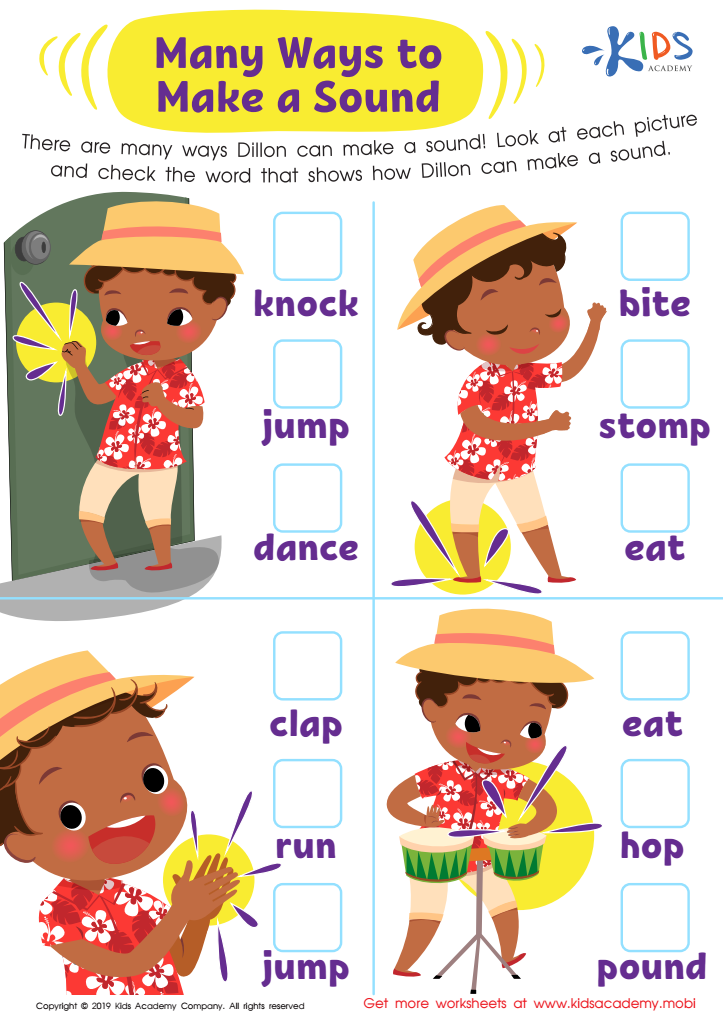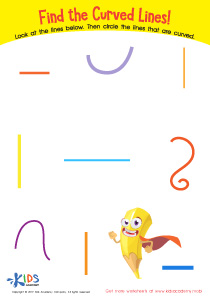Sound identification Phonics Worksheets for Ages 4-9
4 filtered results
-
From - To
Our Sound Identification Phonics Worksheets for ages 4-9 are designed to support young learners in mastering the basics of phonics through fun and engaging activities. Perfect for children in early childhood education, these worksheets help kids identify, differentiate, and practice the sounds that letters make. Each worksheet combines colorful visuals with interactive exercises to ensure children stay motivated and enjoy their learning journey. Ideal for both classroom and home use, these resources provide a solid foundation in reading skills, setting your child on the path to literacy success. Explore our comprehensive collection today and make phonics learning exciting!


Phonological Awareness: Assessment 2 ELA Worksheet


Many Ways to Make a Sound Worksheet


Phonological Awareness: Assessment 2 Worksheet


Phonological Awareness: Assessment 3 Worksheet
Sound identification phonics is essential for children aged 4-9 because it lays the foundation for successful reading and writing. During this pivotal period, a child's brain is highly receptive to language acquisition. Understanding the relationship between sounds and their corresponding letters helps children decode words quickly and accurately, leading to better fluency and comprehension as they grow.
For parents and teachers, fostering phonics skills is crucial because early reading success strongly correlates with academic achievement in all subjects. When children can effortlessly recognize sounds and construct words, they gain confidence and motivation to explore more complex texts. This paves the way for independent learning and critical thinking.
Furthermore, good phonics instruction supports spelling and pronunciation, reducing the likelihood of future literacy issues. It ensures that children do not fall behind, thereby preventing potential academic struggles and the negative self-esteem that often accompanies them.
Engaging children in sound identification activities makes the learning process enjoyable and interactive. Through games, songs, and storytelling, parents and teachers can make phonics instruction a dynamic and effective part of a child's education. The benefits, including stronger reading skills, improved communication, and a lifelong love of learning, underscore why investing in phonics at this early age is immensely valuable.

 Assign to My Students
Assign to My Students


















